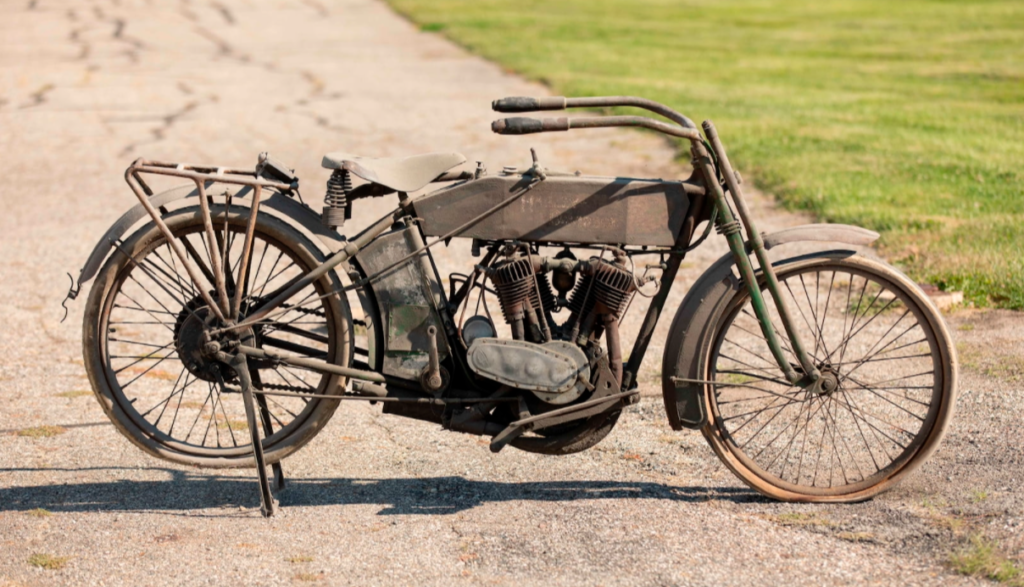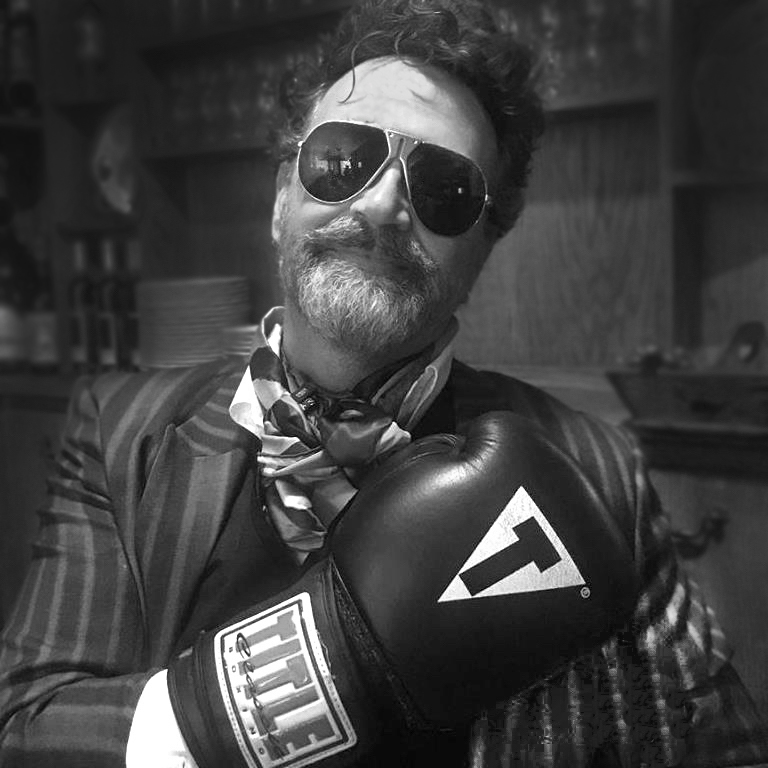Nearly 100 Exceptional Motorcycles Covering 60 Years of History
Complete. Thorough. Representative. Connoisseurs might possess such goals when building a collection, but in truth most vehicles are purchased with desire, emotion, and impulse rather than single-mindedness. The Harley-Davidson Heritage Collection is exceptional, though, in the sheer breadth of the timeline it represents, from the earliest years of H-D production to the end of the company’s classic era. They’re all heading to Mecum’s blockbuster Las Vegas auction in January 2022, and will surely be the center of attention in the arena, with nearly 100 beautifully restored models covering every year of the Motor Co.’s history from 1910 to 1969. That timeline includes two World Wars and several ‘difficult’ years when production was extremely limited, and rare models that have nearly been forgotten to history. And as most of the collection’s motorcycles were restored by one person to an extremely high standard, it’s remarkably consistent in quality and universal appeal: they’re all beauties, even the military bikes.
Parsing out digestible segments from the Heritage Collection is made easier by the interruptions of military service over its 60-year timeline. Before WW1, Harley-Davidson offered a Fordian choice of color options: you could have any color you liked, as long as it was Renault Grey. Those early machine are discretely lovely with their blue pinstripes, but everything changed as it became clear the USA was headed to war in Europe. At least, it was clear to the William Harley and the Davidson brothers, who were men of great ambition, but whose factory was far from being #1 in the marketplace, that spot had being held by rival Indian. Indian expected that, as the top manufacturer in the country, they would naturally be chosen first for military contracts in the event of war.









Related Posts
April 18, 2018
100 Years Ago: Harley-Davidson Military Testing in 1918
In 1918, Harley-Davidson motorcycles…
March 23, 2018
100 Years Ago: Harley-Davidson Manufacturing in 1918
In 1918, the US Gov't inspected the…




Hardly-Ableson must be in worse financial shape than we thought. Historical collections are low-hanging fruit for corporate accountants looking to find quick revenue. Funding the transition to electric bikes ain’t cheap and Hardly has lost money on its recent new IC-engined machines including the liquid-cooled 500 and 750 twins.
I was lucky to tour “The Cage” in Milwaukee with Willie G. as my host back in the early ’90s for a feature I wrote for Classic Bike. The collection then was mostly machines taken right off the assembly track and put away. It was pretty amazing even for a non Hardly guy like me.
Hmmm … good guess I’m betting seeing as how the entire industry including the custom bike and EV segment .. is doing a downward spiral of death faster than the fastest bikes being made . Fact is the only aspect of the motorcycle world thats in the black .. is used … pedestrian … daily rider bikes
Add to that th sad reality that the Hardley faithful aint buying the the ADV and are leaving the EV’s to collect dust on the showroom floor … which .. err … considering the lessons history has been teaching us … show surprise no one
But for the record … almost everyone of note is dumping the majority if not all of their collections .. making one wonder … what do they know that we ( well .. you all .. cause I does ) don’t know
As far as the collection … well … deep in the bowels of where I will not say … a good acquaintance has a complete collection of every bike the motor company ever put out … right ti the present day … along with a fair amount of Broughs and Vincents just to round things out .
Best part … he has an exact duplicate of the 1926 Hardley mi grand papa bought brandy spankin new in 1926 which set the course for Hardely’s to be in the family .. right up to when the company went serious outsourcing leaving customer service and employees floundering …. and … he taught me how to ride it ( them oldies takes a bit of gettin used to ) and let me take er fer a bit of a spin …. thinking about mi Nonni every inch of the way
Thanks for that great documentary about Harley Davidson’s history.
Sincerely,
Philippe from Paris